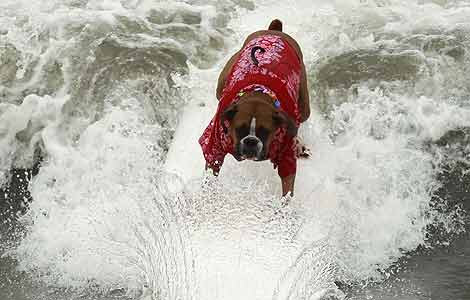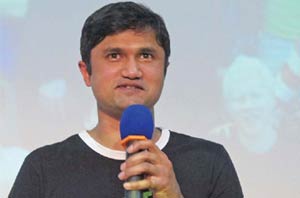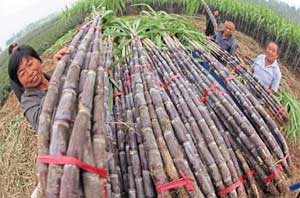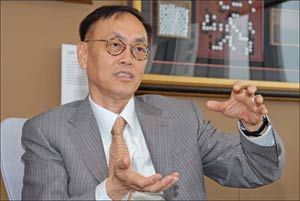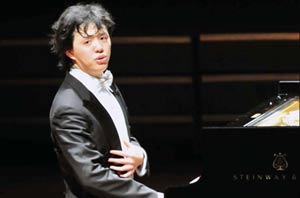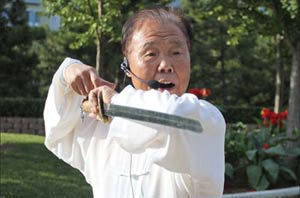Tracking the root of revolution
Updated: 2011-10-10 08:10
By Elaine Tan (China Daily)
|
|||||||||
|
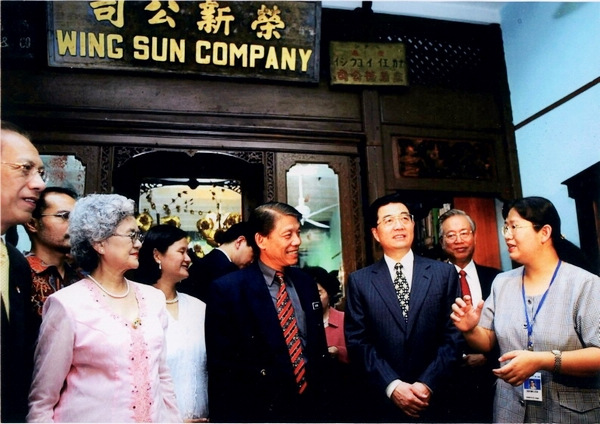 |
|
President Hu Jintao with members of the Penang Base during his visit to the Malaysian island of Penang in April 2002. |
Many firsts
Penang's role in the revolution was finally solidified last year during the International Centennial Celebrations of the Penang Conference, which saw the launch of the Sun Yat-sen Heritage Trail and the hosting of the 22nd Joint Conference of Sun Yat-sen and Soong Ching Ling museums, memorial sites and monuments, which received over 400 delegates.
It was an event of many firsts: the first time the annual conference was hosted outside China; the first time it was elevated to one of national significance as it was launched by Malaysian Prime Minister Najib Razak, and the first time more than 29 direct descendents of the Sun and Soong families gathered at a conference.
Things culminated on April 28, 2011, when Premier Wen Jiabao met the descendants of the Tongmenghui members. Lim Gaik Siang, honorary treasurer of the Penang Heritage Trust, who was instrumental in setting up the meeting, said the motions were put in place as far back as 2002 when Hu Zhengyue, then China's ambassador to Malaysia, was invited to the base.
"Various leaders came in the ensuing years and we educated them about the indirect connection between Penang and the Xinhai Revolution," she said. Lim led the nine-person delegation to Kuala Lumpur to meet Wen who said, "We should not forget the deeds of the Penang Tongmenghui members who supported the Huanghuagang Uprising."
Yee Thiam Sun, a descendant of Tongmenghui member Lim Bo Ai, said of the meeting, "It came as a total surprise. I'm sure even our ancestors would never have dreamed of such a date for us."
Yee's maternal grandfather went from riches to rags supporting the revolution and, later on, the reconstruction of China.
"My mother rarely spoke about her father's involvement with Sun. She lived through the revolution, the change of government in China and the communist insurgency in Malaysia. That made her apprehensive. Even when we were sitting around and talking, she would caution us to speak softly or avoid saying too much lest we were overheard," Yee said.
More to learn
In the 19 years since the background of 120 Armenian Street was discovered, Khoo and fellow conservationists like Goh and Lim have given a voice to the Tongmenghui Penang members by telling their stories.
"Over the years, we have acquired a better understanding of Sun's role in Malaysia. His supporters contributed much to Penang society, setting up civil organizations, schools and a newspaper," Khoo said.
And there are still many stories about Sun and the Penang revolutionary movement to be unearthed. Khoo hopes that other conservationists like Lim will help broaden the research under the auspices of the Penang Heritage Trust and take the base and the Sun-Penang connection further.
"As the custodian of the house, I have to take care of this part of the history. But I feel that since I'm not Chinese educated, I've taken it as far as I can," she said.
As for the base, with the recent completion of restoration works, she hopes it can finally be managed as a successful, self-sustaining private museum.
"I would like to see a museum designer conceptualize the (limited) space and present the history in a more interesting manner," said Lim, who designed the 18-stop Sun Yat-sen Heritage Trail, detailing significant buildings related to Sun and his supporters. The trail is believed to have been possible escape routes when he became a wanted man in Malaya.
"Until recently, a lot of people didn't know about the part Penang played in Sun's life. Chinese history seldom mentions it and if it does, it is often just one line about him conducting a meeting in Malaya," Lim said.
This, however, is no longer the case. Penang has definitely emerged from obscurity to global prominence in the history of modern China.


